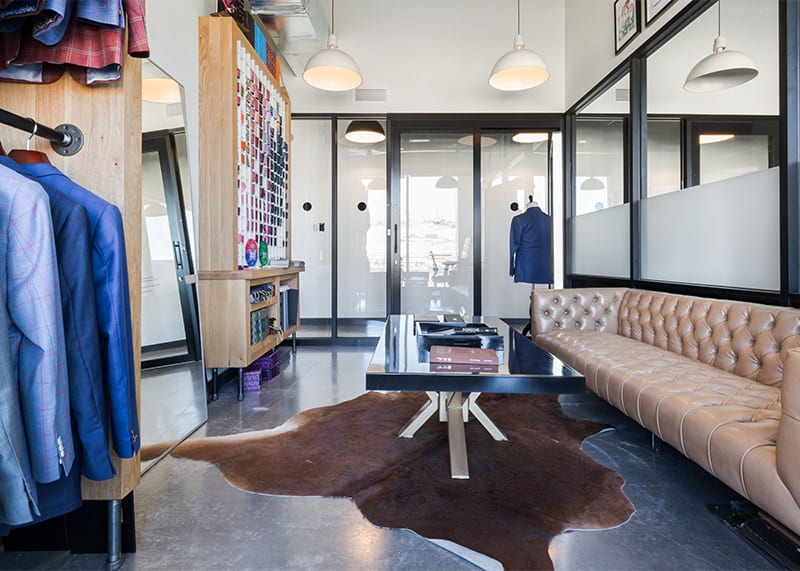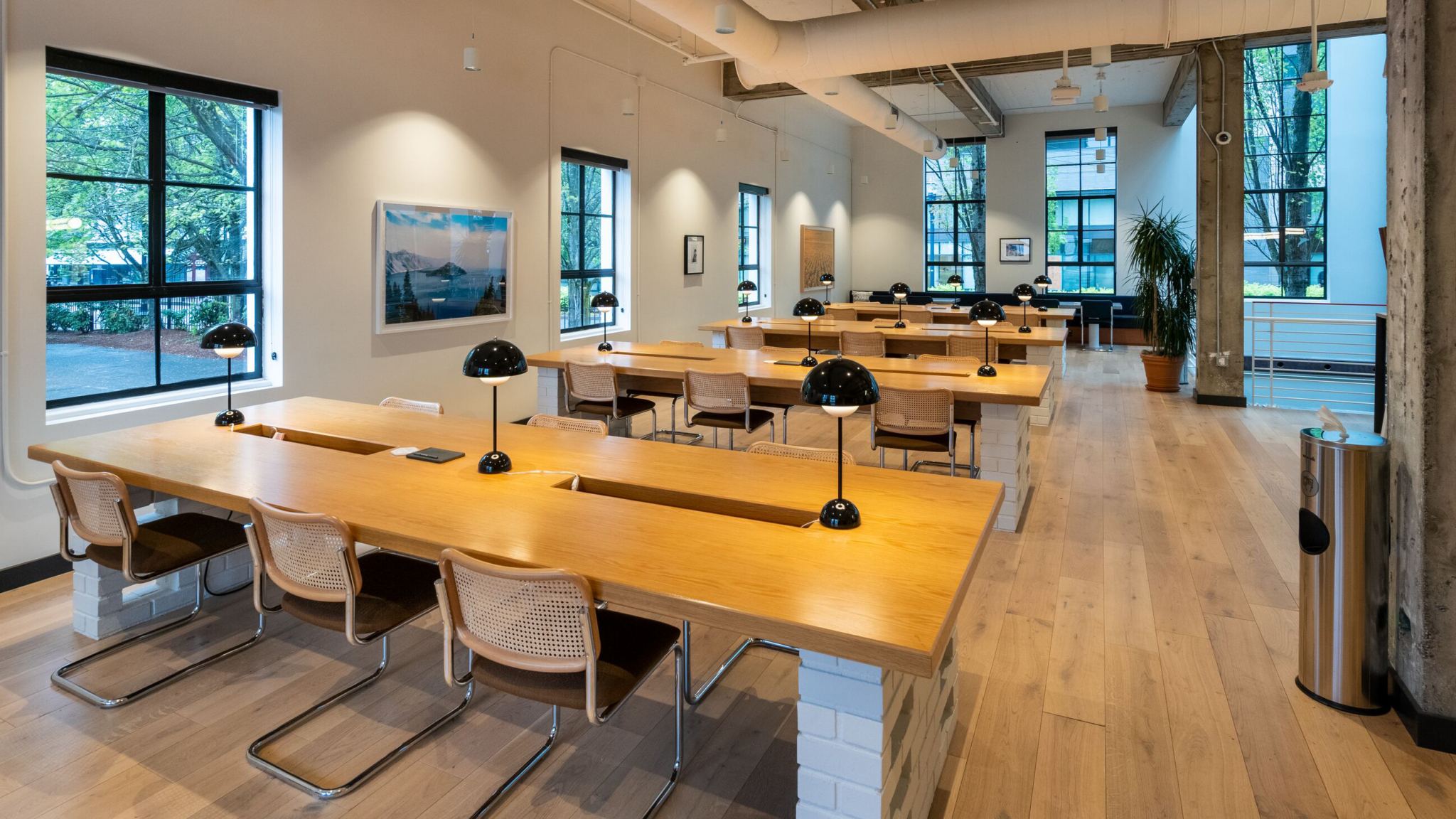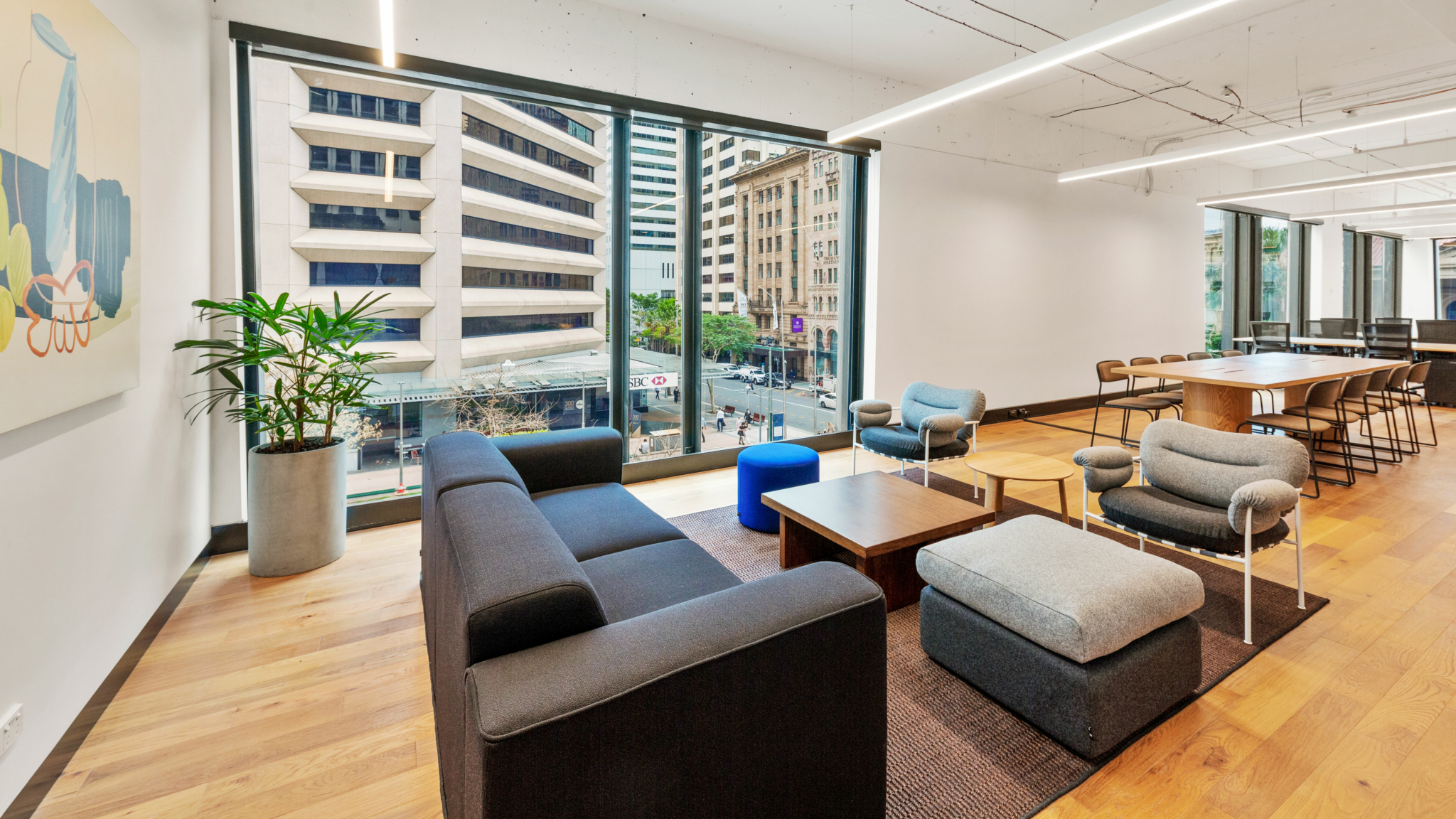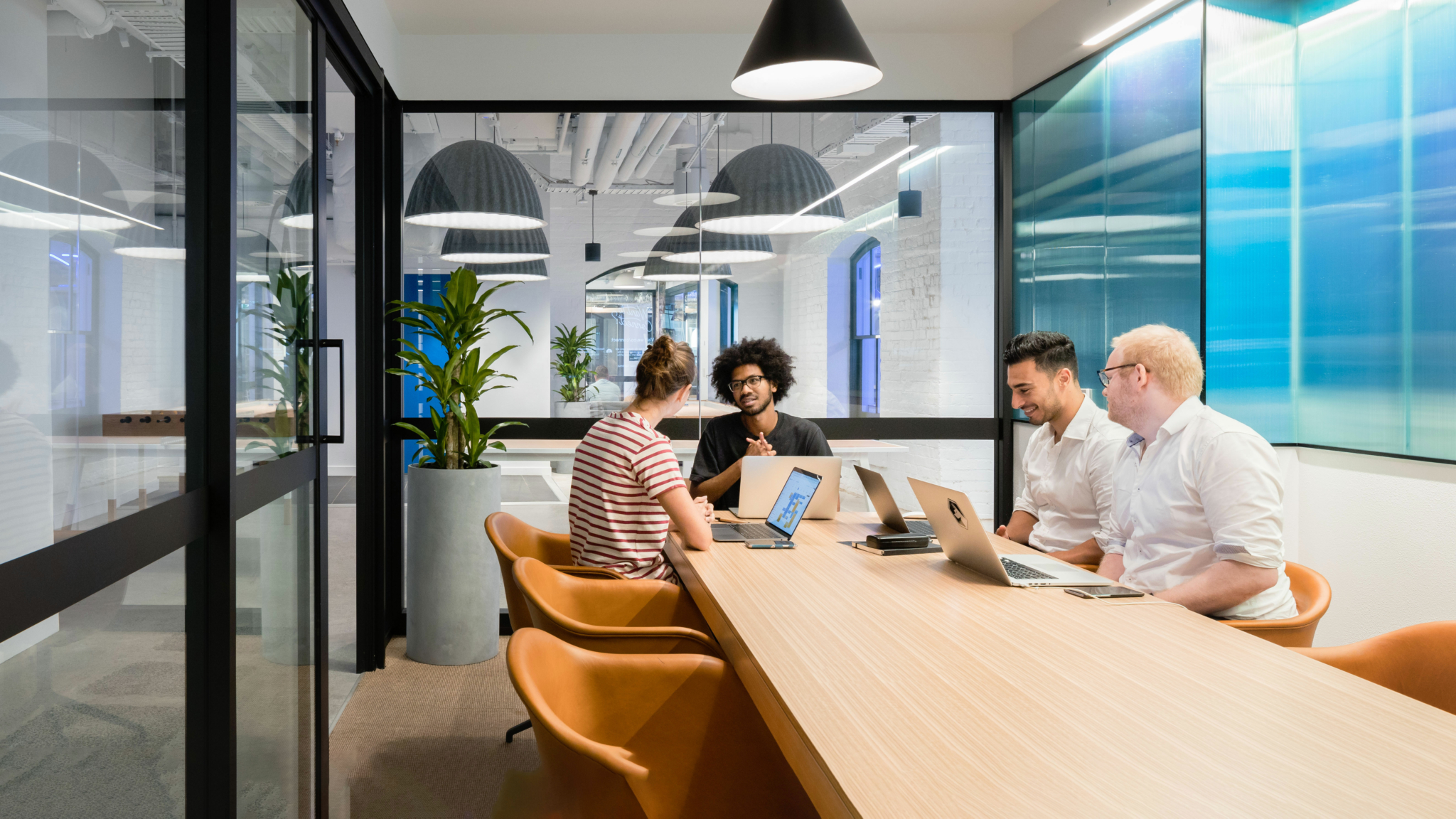Finding commercial office space is one of the most important business decisions a business owner will make, but it’s also one of the most daunting. Between the myriad kinds of property on the market and the complexities of negotiating bewildering lease agreements, you need to be sure you’re making the right choice for your employees and your company. The office is much more than just four walls and a ceiling—it’s a space for your team to collaborate, network, and grow.
So where do you begin? This article will walk you through the essential steps in finding commercial office space to rent, including how to determine the specific needs of your business and estimate your available rental budget, as well as where to look for commercial space and tips for touring your shortlisted properties.
Step 1: Determine your office space needs
When searching for commercial office space, you should have a clear idea of your company’s particular needs. The most obvious factors will be the number of employees you have and the budget you have to work with, but bear in mind other considerations, such as the availability of nearby parking, proximity to public transportation, and the potential for quick expansion.
Shared office space vs. a traditional lease
Shared coworking spaces are fast becoming the preferred choice for businesses looking for flexibility, especially during times of economic uncertainty. Workplace needs are changing, and you need a space that can accommodate those changes.
While a traditional office lease may offer long-term cost benefits, tenants can find themselves locked into multiyear contracts and unable to react to the changing needs of the business. An expiring lease can also bring with it a sudden rent increase.

A flexible workspace solution allows companies to remain agile, simplify costs, and decentralize workers—across a city, or even around the globe. If a shared office space isn’t right for your company, you’ll need to familiarize yourself with the different types and categories of commercial real estate (CRE), also known as building classes.
Choosing the right building class
Commercial properties are categorized into one of three grades, which broadly describe the quality, location, and age of the building. Here’s a quick summary of what to expect from each class.
- Class A: This is the gold standard of commercial real estate. Class A properties are generally new or recently renovated buildings, constructed in the past 10 years and situated in the most desirable parts of the city. Naturally, these properties demand the highest rent.
- Class B: A step down from Class A, these properties are less modern and might require a few updates, but are still well maintained and have great potential for renovation.
- Class C: These properties are typically older, in need of renovation, or situated in less desirable parts of the city. While lacking newer features, they present a great option if you’re looking for cheap office space.
Don’t write off a potential office space if it doesn’t fall into your desired class. The grade expresses not just the overall state of the property but factors like investor risk, too. If a building meets your needs and your budget, it’s always worth taking a tour.
Step 2: Estimate your budget
To get a sense of the size of your rental budget, first research your local area’s average rental costs per square foot. This is a useful snapshot that allows you to compare buildings of different sizes across different locations.
Now multiply that dollar amount by the number of square feet your business needs. As a rule of thumb, each employee will take up around 150 square feet, plus another 30 percent on top to account for shared spaces. As companies consider de-densifying, this ballpark number may grow to allow for social distancing.
You should also budget for utility charges and any fees related to the upkeep and maintenance of the common areas of the building, such as elevators, entrances, and lobbies. These common area maintenance (CAM) fees are calculated based on square footage, and can account for as much as a third of the total lease cost.
Step 3: Finding commercial office space
Unfortunately, there’s no Zillow for commercial properties. Instead, most CRE brokers keep their own set of listings, which means a little more legwork for you.
Established listings sites like LoopNet and CoStar are useful jumping-off points, but a quick Google search will return a bunch of alternatives representing hundreds of thousands of commercial office spaces available to lease across the country.
If you’d rather not search alone, consider working with a commercial real estate broker. They’ll know the local market very well and save you time by narrowing down your options to just those properties that suit your company’s size, budget, and needs. They can also take control of the nitty-gritty details of negotiating the lease.
WeWork makes finding flexible office space as hassle-free as possible. Just choose your ideal location, company size, and any other specific requirements you have, and you’ll receive a list of available workspaces that match your business needs.
Step 4: Touring office space
Once you’ve shortlisted a handful of potential office spaces, it’s time to visit them. Arrange a tour with the listing agent, then research the building’s history, making a note of the advertised features and amenities before you arrive so that you can check that everything is as described.
This is your opportunity to check out not just the building’s general condition, but the surrounding area too. Not only will the neighborhood matter to your employees, but it will also make a lasting impression on visiting clients. Is the entrance easy to find? What’s the walk to the nearest public transportation like? Is the building secure and well lit? Does it actually have the breathtaking skyline view that was promised?

On the tour, ask the leasing agent about the building’s utilities, including electricity, heating and cooling, and water. Pay special attention to the condition of the elevators and the upkeep of common areas. If they’re in need of repair, find out if the cost of these upgrades would be tacked on to your lease’s CAM fees.
You can book a tour of any WeWork location online, and a community manager will be happy to show you around. If you can’t be there to tour in-person, you can visit from the comfort of your desktop. The WeWork reality-capture team creates immersive virtual tours of every WeWork building, using 3D scanner technology to allow you to explore hundreds of potential coworking spaces.
Step 5: Negotiating your lease or agreement
Commercial lease agreements are more complicated than a residential lease. Having a broker will help you navigate some of the trickier aspects of the negotiation, but if you’re handling this part of the process yourself, bear in mind that one of the basic functions of an office lease is to clearly divide the operational costs of the building between the tenant and the landlord.
There are many ways to split these expenses, so familiarize yourself with the different types of commercial real estate leases you’ll encounter. Some leases require the tenant to pay a simple, flat monthly rent, while the landlord pays for property taxes, building insurance, and other expenses.
Most leases pass at least some of these costs on to the tenant, or are based on a percentage of the tenant’s income from sales, so be sure you fully understand the details and budget before leasing commercial office space.
Use WeWork to find commercial real estate
Whether you’re a startup in search of commercial real estate or you’re an established business looking to expand into new markets, WeWork offers an alternative to traditional leases, with adaptable private offices and dedicated desks available on flexible terms. Customizable workspaces ensure your business has room to grow its footprint, while remaining agile and dynamic in a fast-changing business environment.
Steve Hogarty is a writer and journalist based in London. He is the travel editor of City AM newspaper and the deputy editor of City AM Magazine, where his work focuses on technology, travel, and entertainment.
Rethinking your workspace?








